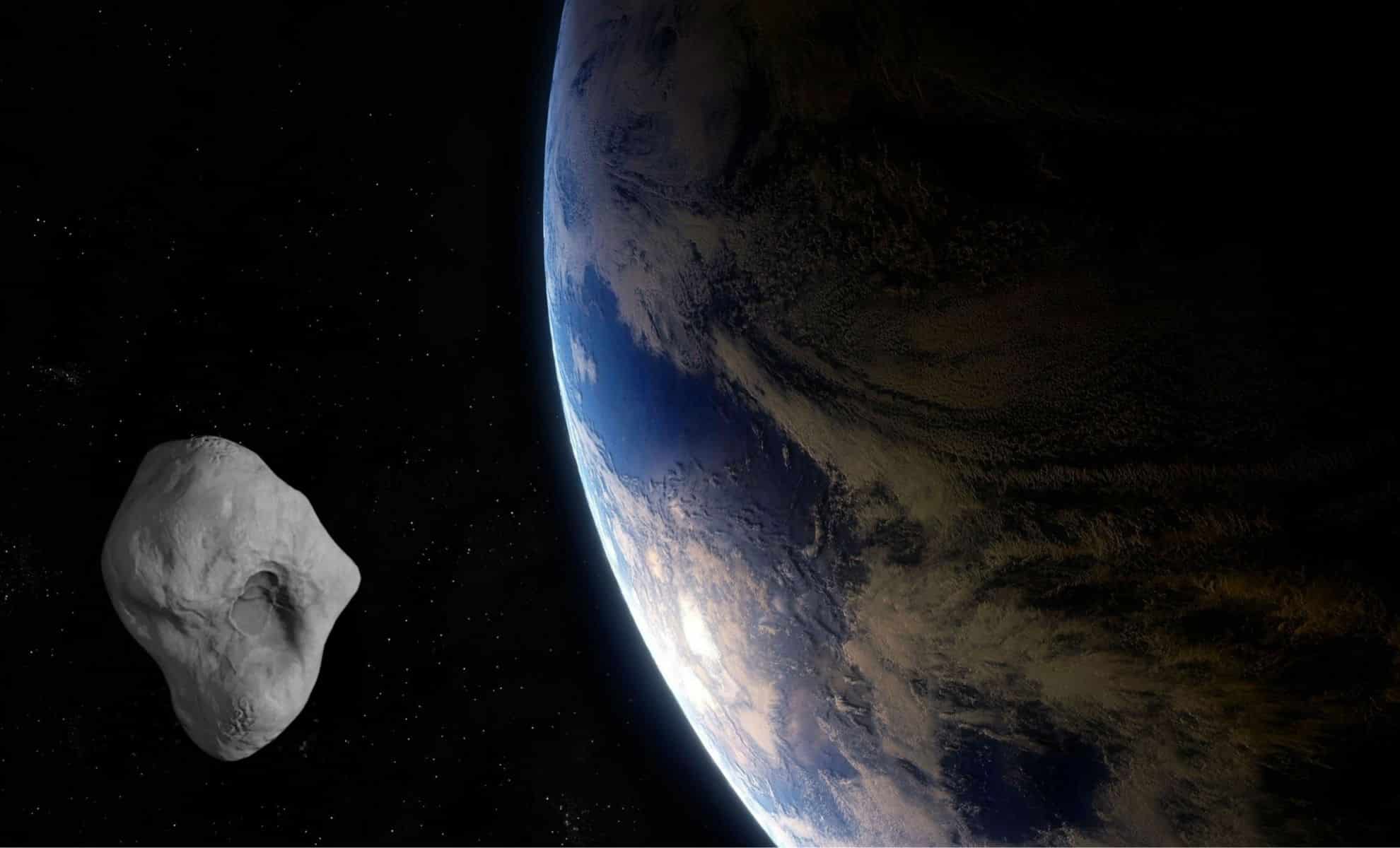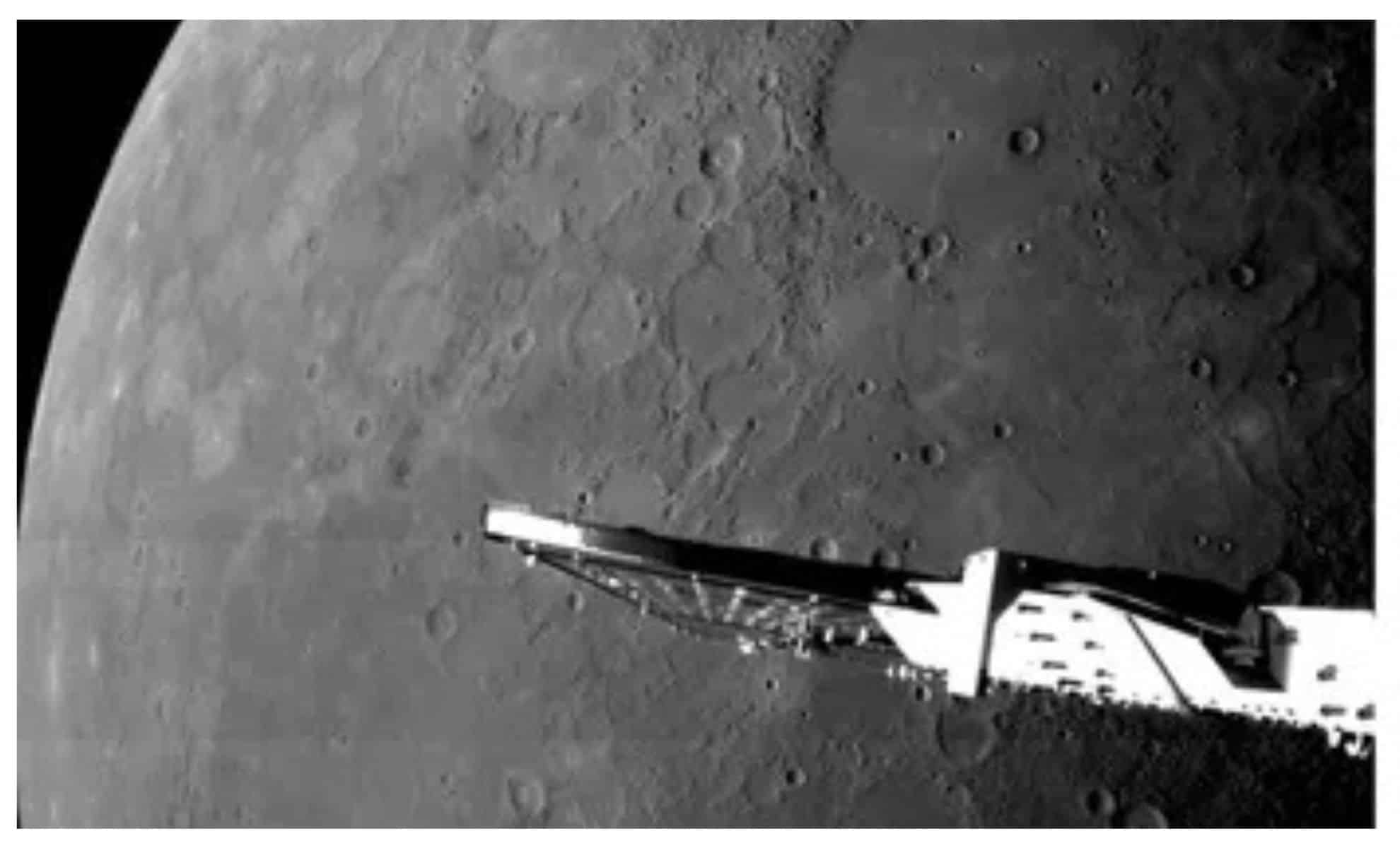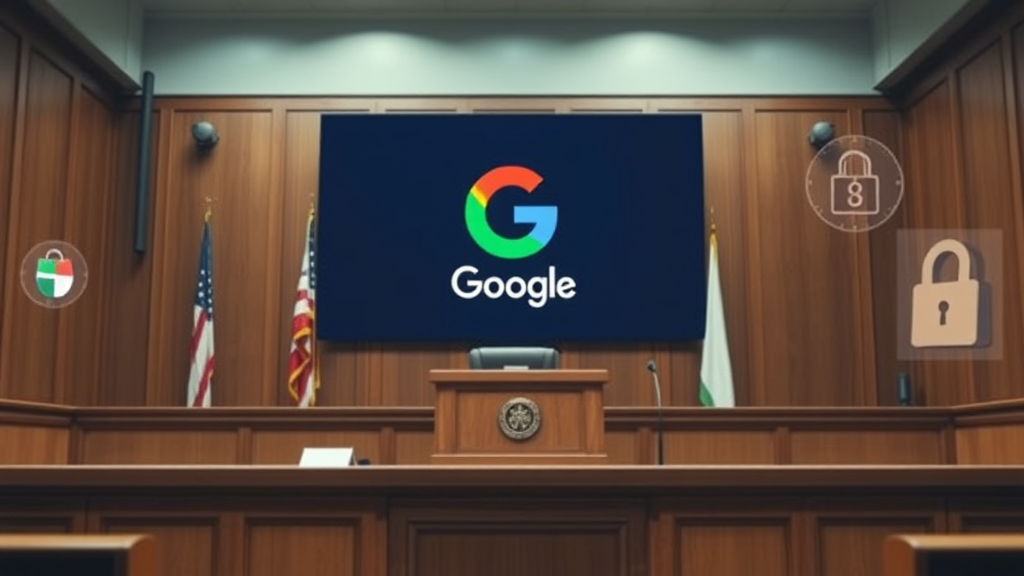
Early Christmas
It’s the holidays, or rather it’s not, because, owing to the way print schedules work, Feedback is writing this festive edition in the first week of December. We have ordered presents for Mrs Feedback, we still haven’t figured out what Feedback Jr is going to get Mrs Feedback (with Feedback’s money), we have put up precisely zero decorations and we are staring down the barrel of multiple school events in which we will be required to feign festiveness for the sake of the children. In short, Feedback is feeling grinchy.
So this seems like a good time to grumble about NORAD Tracks Santa, one of those initiatives that Feedback cannot quite believe exists. NORAD is, of course, the North American Aerospace Defense Command, whose main job is to use a combination of satellites and radar to detect anything flying into North American airspace, like stray Chinese weather balloons. But on 24 December, it conducts an elaborate exercise, run by volunteers, in which it tracks Santa on his journey around the globe. You can ring a number for updates, you can watch his progress on a website and you can even follow along on social media.
Quite how this tradition began is interestingly knotty. A factsheet on the NORAD website tells a heartwarming story: “NORAD has been tracking Santa since 1955 when a young child accidently dialed the unlisted phone number of the Continental Air Defense Command (CONAD) [the precursor to NORAD] Operations Center… believing she was calling Santa Claus after seeing a promotion in a local newspaper. Air Force Colonel Harry Shoup, the commander on duty that night, was quick to realize a mistake had been made, and assured the youngster that CONAD would guarantee Santa a safe journey from the North Pole.”
But is this story true? This is hard to fully unravel. Details differ between accounts, from how Shoup initially responded, to how many calls came in that first year. What is clear, though, is that this all started at the height of the cold war. NORAD is there to detect incoming nuclear missiles, so it is inherently scary: its headquarters is literally a bunker dug into a mountain. A stunt where it tracks Santa was, and is, a brilliant way to make it seem cuddly. On the one hand, if a nuclear war starts, NORAD will almost certainly play an instrumental role in it; on the other, it does do the cute Santa tracker.
However, Feedback’s biggest gripe with the whole thing is that we are 90 per cent sure the stunt was the inspiration for the new Christmas-themed fantasy-action-comedy-thriller Red One. In this stacked modifier of a film, Santa’s journey is reimagined as a militaristic security operation involving fighter jet escorts and a sort of North Pole Secret Service – spearheaded by Dwayne Johnson. It looks like one of the worst films of the year and Feedback strongly suspects that NORAD Tracks Santa is ultimately to blame.
Long-winded set-up
Speaking of tracking immaterial things, an Australian research project is asking people to monitor their own flatulence. It is called, inevitably, Chart Your Fart.
Using a free phone app, participants “will track the quantity and quality of their outputs, including attributes such as stench, loudness, duration, linger and detectability”. Feedback appreciates the precision-guided use of the word “linger”, and notes that a fart’s linger can be scored from “fleeting” to “perpetual”.
The aim is to understand more about “one of the leading gut health symptoms experienced by Australians”, specifically “excessive flatulence”, which up to 43 per cent of Australians report experiencing most days.
Feedback cannot endorse The Guardian‘s headline about the project, “Wind power“. We also cannot approve of the decision to restrict the study to Australia. Thankfully, however, others are on the case, as shown by our startling feature on page 42 about the researchers trying to catch farts. And their work is of vital importance at this time of year: in many countries, millions of us are about to eat terrifying quantities of meats, mince pies and, most gaseously of all, Brussels sprouts.
Cheap at the price
Readers who still don’t have a present for their loved ones: bad luck, you missed a golden opportunity. The auction house Christie’s, in London, recently had its first-ever science fiction and fantasy auction, with the stated highlight being the Dune Bible: a collection from around 1975 of behind-the-scenes documents from Alejandro Jodorowsky’s unproduced film adaptation of Frank Herbert’s book Dune. This is an ideal excuse for Feedback to get something off our chest, so here we go.
Jodorowsky’s Dune has taken on an almost mythic status: one of the great what-ifs of sci-fi cinema. An epic planned to be at least 10 hours long, starring Orson Welles and Mick Jagger, with production design from H. R. Giger (later of Alien fame). If only he had managed to make it, it would have been a classic.
Here’s the thing. Jodorowsky is one of the most pretentious film-makers ever to write a screenplay containing a description of his own penis. Feedback learned this from Danny Peary’s Cult Movies, which covers Jodorowsky’s mystical 1970 western El Topo. Peary complains of “far too many references, Jungian and religious symbols / artifacts … in-jokes, and too much obscure imagery for anyone but Jodorowsky to know what is going on”. Imagine that for 10+ hours. We were spared.
Got a story for Feedback?
You can send stories to Feedback by email at feedback@newscientist.com. Please include your home address. This week’s and past Feedbacks can be seen on our website.









Leave a Comment